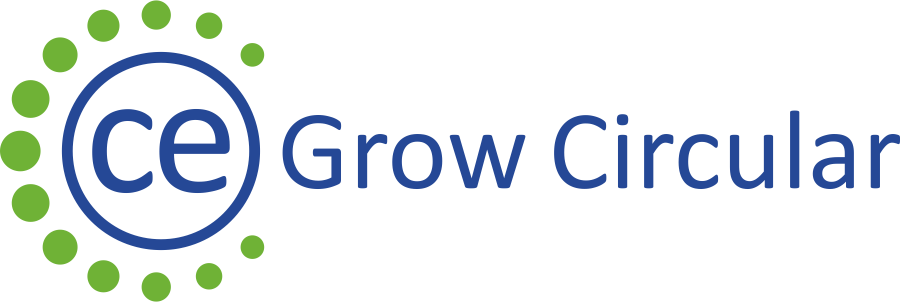As stated in the EIB Circular Economy Guide – Supporting the circular transition, “the shift to a circular economy requires companies to rethink not only their use of resources but also to redesign and adopt new business models based on dematerialisation, longevity, refurbishment, remanufacturing, capacity sharing, and increased reuse and recycling.”
According to the literature, a consensus emerges on a series of reasons making it potentially economically rationale and sensible for each single business to engage into its own circular transition:
- Reduce dependance on scarce / non-renewable resources
The scarcity of resources can tangibly impact a business and brings major risks:
- Resources costs volatility: scarce resources are more likely to become expensive and financially impact a business’ profitability
- Supply unsure: the supply of scarce resources might become difficult or impossible, making a business model obsolete.
- Contribution to mitigate climate change can help to reduce the climate-related risks for each business (e.g. storms, floods, …).
- Preempting regulatory pressures down the line can help businesses gain a competitive advantage and move ahead of its competitors.
- Improved customer interaction and loyalty: the expectations of customers are changing and they are increasingly considering environmental aspects in their decision-making. Engaging into a circular economic model can help to increase the loyalty of customers thanks to improved personalization, customization and retention.
- Increase the attractiveness of the brand: both customers’ and investors’ expectations are rising. Going circular might help one’s brand to become more attractive.
Increase in productivity: the circular transformation brings often less product complexity, more manageable life cycles and an increased digitalisation. Those elements can contribute to an increased productivity.



